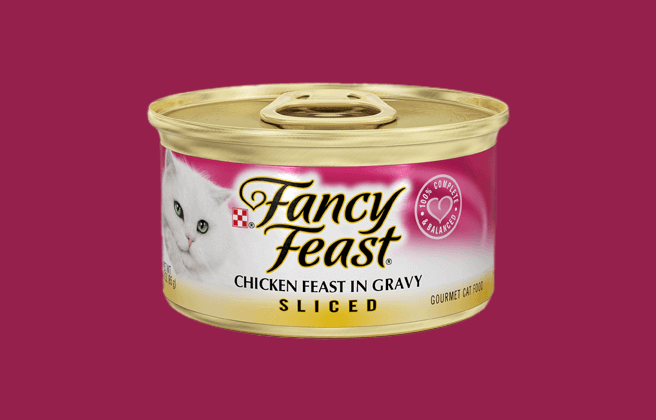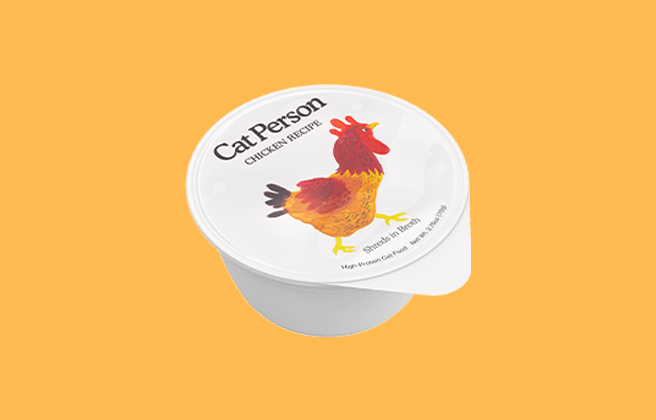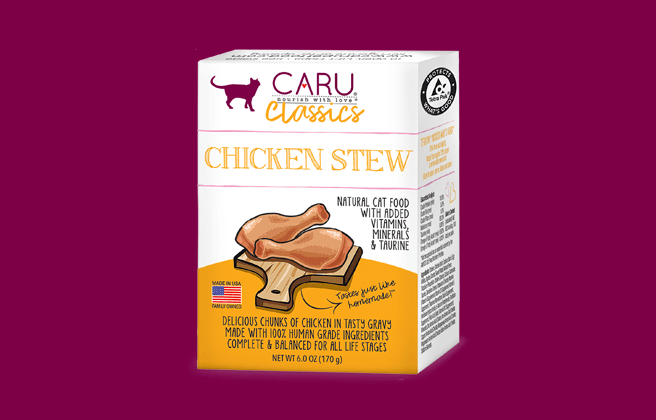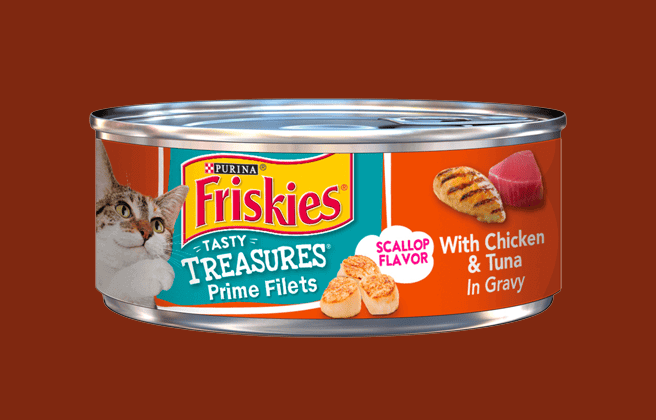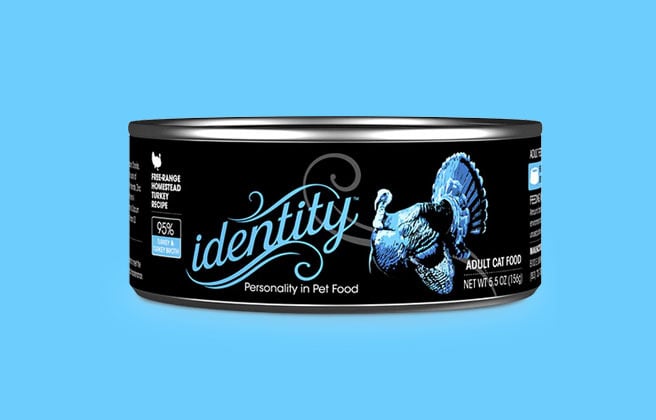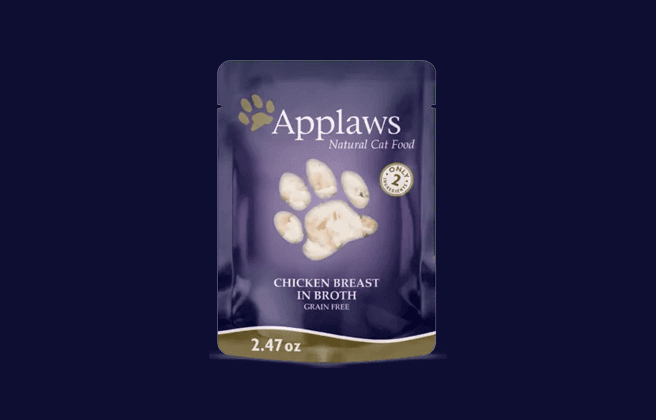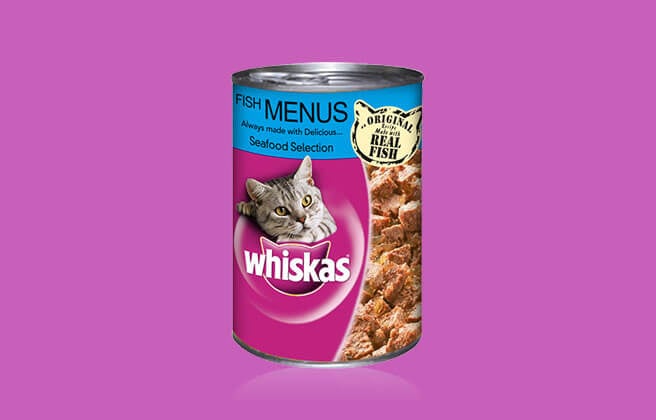
Our Verdict
Whiskas canned wet product range is made up of six recipes which all receive the Cat Food Advisor second highest rating, 4 stars.
This range of food lists the first ingredient as animal protein and includes multiple other animal organs. It offers a high protein food option, but includes vegetable protein and artificial flavors and coloring which has forced us to mark it down.
Pros
- First ingredient is animal protein
- Includes other animal organs
- Low in carbohydrate
- Rich in moisture
Cons
- Contains vegetable protein
- Includes colours and additives
The table below shows each recipe in the range including our rating and the AAFCO nutrient profile: Growth (kitten), Maintenance (adult), All Life Stages, Supplemental or Unspecified.
| Product line | Rating | AAFCO |
|---|---|---|
| Whiskas® can with Lamb, Turkey & Veg | 4 | A |
| Whiskas® can with Beef | 4 | A |
| Whiskas® can with Chicken | 4 | A |
| Whiskas® can with Seafood Selection | 4 | A |
| Whiskas® can with Whole Sardines in Jelly | 4 | A |
| Whiskas® can with Chicken and Veal in Loaf | 4 | A |
Recipe and Label Analysis
Whiskas® can with Seafood Selection recipe was selected to represent the other products in the line for a detailed recipe and nutrient analysis.
Label and nutrient data below are calculated using dry matter basis.
Whiskas® can with Seafood Selection recipe
Estimated Dry Matter Nutrient Content
Protein
Fat
CarbsCarbohydrates
Sardine or mackerel, sunflower oil, vegetable gum, food coloring (E161), vitamin B₁: 31.5, vitamin D, vitamin E, taurine, copper, iodine, iron, manganese, zinc, cassia gum.
Fiber (estimated dry matter content) = 1%
Red denotes any controversial items
Ingredients Analysis
The first ingredient is sardine or mackerel. Sardine is a small, oily marine fish which is nutrient rich, high in protein and is a source of omega 3 fatty acids, essential oils needed by every cat to sustain life.
Mackerel is an oily salt-water fish naturally high in protein as well as omega-3 fatty acids, an essential fat needed by every dog to sustain life.
The second ingredient is sunflower oil. Sunflower oil is nutritionally similar to safflower oil. Since these oils are high in omega-6 fatty acids and contain no omega-3s, they’re considered less nutritious than canola or flaxseed oils.
Sunflower oil is notable for its resistance to heat damage during cooking.
There are several different types of sunflower oil, some better than others. Without knowing more, it’s impossible to judge the quality of this ingredient.
The third ingredient is vegetable gum, a plant-based gelling or thickening agent used in many wet pet foods.
Vegetable gum can add a notable amount of dietary fiber to a recipe.
The fourth ingredient is food coloring. We are always disappointed to find artificial coloring in any pet food. That’s because coloring is used to make the product more appealing to humans — not your cat. After all, do you really think your cat cares what color their food is?
The fifth ingredient is essential vitamins. We find only a few added vitamins or minerals detailed on the ingredients list. We must assume many of these essential nutrients are provided by the food ingredients in the recipe.
Nutrient Analysis
Based on its ingredients alone, Whiskas® can with seafood selection recipe looks like an above-average wet product.
The dashboard displays a dry matter protein reading of 66.7%, a fat level of 10% and an estimated carbohydrate level of 15.3%.
As a group, the brand features an above-average protein content of 53.5% and a below-average fat level of 19%. Together these figures suggest a carbohydrate content of 19.6% for the overall product line, alongside a fat to protein ratio of 39%.
This means that the Whiskas can range contains higher than average protein, lower than average carbohydrate and lower than average fat, when compared to typical wet cat food.
Final Word
This range not only includes good quality protein, but is low in carbohydrate. These recipes are rich in moisture and have added vitamins and minerals.
The Cat Food Advisor recommends this food.
Has Whiskas Cans Wet cat food been recalled in the past?
Yes. After 60 years in the industry, Whiskas announced its first voluntary recall, which involved several varieties of dry cat food sold in Canada.
The company attributed the 2021 recall to a raw ingredient not meeting their quality standards, but retailer Costco Wholesale revealed that the cause was the potential for mycotoxin contamination.
You can view a complete list of all cat food recalls since 2021 here.
To stay on top of any cat food product recalls, sign up for our free email alerts, here.
About
The brand Whiskas was created in 1936, although at that point it was called Kal Kan. It was one of the first pet food brands to ever be produced. The brand’s name changed to Whiskas in 1988.
It owned by Mars Petcare, which also owns other popular brands such as Iams and Nutro.
Some of its products sold in the United States are made in Virginia by a co-packing company. The company partners with other manufacturers around the world.
Sources
Best cat foods
We uphold the highest editorial standards when creating the authoritative content pet parents rely on and trust.
Every piece of clinical content on the Cat Food Advisor is reviewed by our certified Veterinary Advisory Board, which consists of licensed veterinarians and medically certified specialists.
Our reviews are completely independent; we are not paid by any pet food company to promote their products favorably. We do not accept money, gifts, samples or other incentives in exchange for special consideration. For more information see our Disclaimer & Disclosure page.






